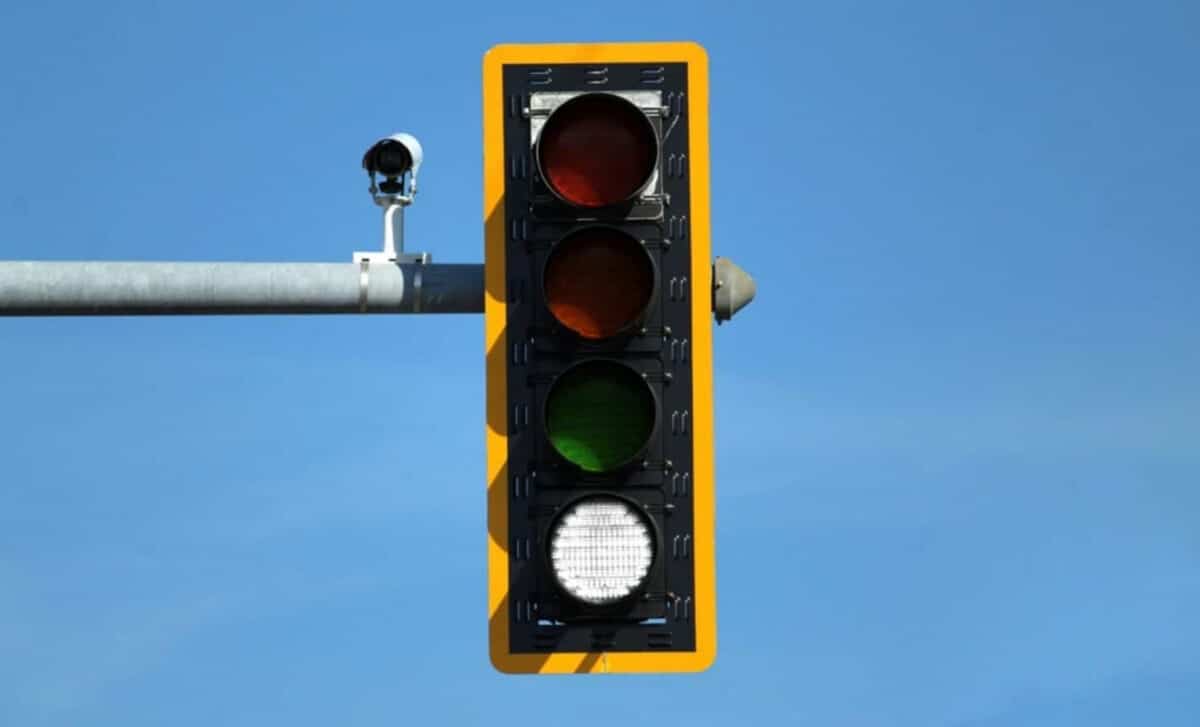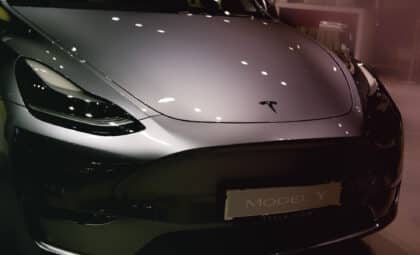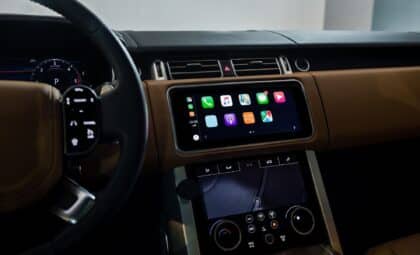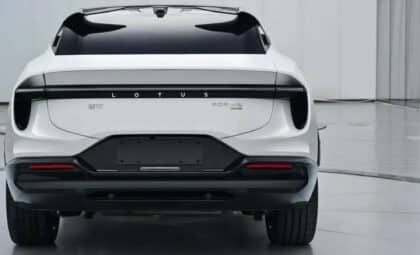For decades, traffic signals have been a universal language: green to go, yellow to slow, red to stop. But this triptych was never designed with robotic drivers in mind. As autonomous driving technologies continue to evolve, researchers argue that traffic systems should evolve in parallel. North Carolina State University has launched a pilot to explore what that could look like—and it starts with a new kind of signal.
The proposed white light is not intended for everyday traffic flow just yet. Its role is precise: to indicate that autonomous vehicles at an intersection have assumed coordinated control. Human drivers, in this scenario, simply follow the car ahead of them—doing less, not more.
A Signal for the Machines, Not the Humans
The white light wouldn’t behave like the standard trio of red, yellow, and green. Instead, it would serve as a coordination beacon for autonomous vehicles. When a critical mass of AVs is detected near an intersection, the light would switch on, signaling that human drivers should fall into line behind the AVs.
Today’s AVs already communicate through vehicle-to-vehicle (V2V) systems, allowing them to negotiate turns, stops, and yields far faster than humans can. With the white light activated, traffic flow would be guided by this digital dialogue rather than by signal timing. As Supercar Blondie explains, human drivers won’t need to adjust their behavior—just follow the lead of the automated cars.
This doesn’t mean drivers will lose control. The white light only activates in areas with enough AVs to justify the switch. When fewer autonomous vehicles are present, the light stays off and standard traffic rules apply. It’s not a takeover—it’s a handoff.
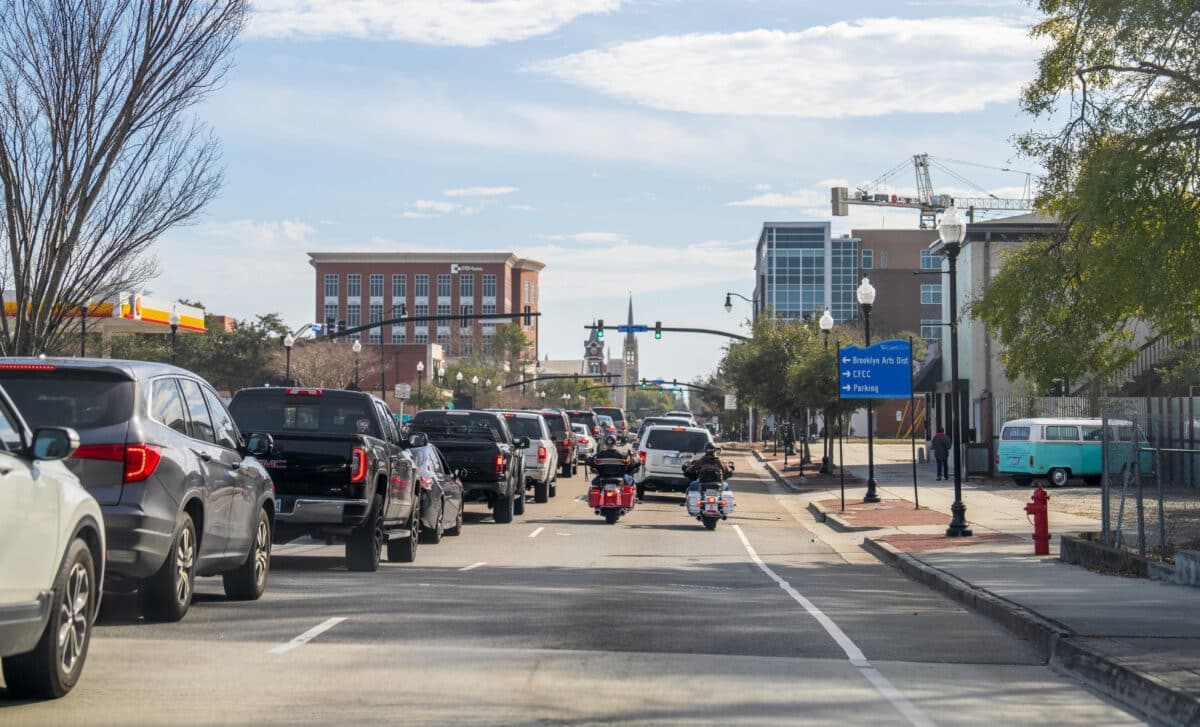
Controlled Tests in Low-Pedestrian Zones
The concept isn’t being thrown onto busy roads overnight. NC State is starting tests in closed, high-traffic environments like port facilities. These locations were selected for their predictable vehicle movements and minimal pedestrian presence, which reduce the risk of unpredictable incidents.
These port environments often see repetitive patterns in vehicle flow—ideal for testing whether the white light system can actually enhance efficiency without causing confusion. The team is reportedly designing experiments that track system behavior across various traffic densities and AV concentrations.
By controlling the variables, researchers aim to measure how well AVs can coordinate traffic—and whether human drivers can integrate into that flow smoothly under the white light’s guidance.
An Overhaul, Not Just an Upgrade
This is not a tweak. It’s a systemic rethink of traffic control logic. Today’s signals are built around human behavior, with all its hesitations and reactions. The proposed model flips that, creating a mode where human drivers act more like followers than decision-makers—only when AVs dominate the intersection.
NC State’s approach doesn’t just create room for AVs—it hands them the reins under specific conditions. That’s a significant pivot from retrofitting current infrastructure to creating dual-mode systems where the control can change depending on who—or what—is doing the driving.
The idea is to make transitions between human- and machine-led traffic seamless and safe. Not by removing the human driver, but by making sure they’re not the bottleneck when they don’t need to be.

